
In the period from 14500 -300. BC. On the territory of Japan, there was an archaeological culture of Jomon, chronologically divided into several phases (from pre-Jemon to late Jomon).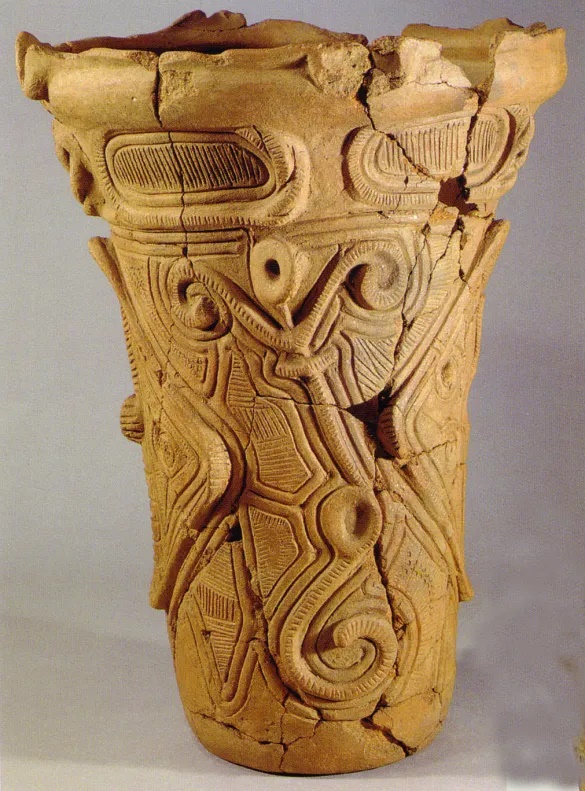
The population of the Jomon culture was mainly the descendants of people who came here in the Paleolithic. It has been established that the genome of modern Japanese is 12% derived from the genome of the Jomon people. The Japanese islands, along with China, provide us with the earliest examples of pottery in human history. The name jōmon, "rope pattern", comes from the patterns made by cord impressions on pottery.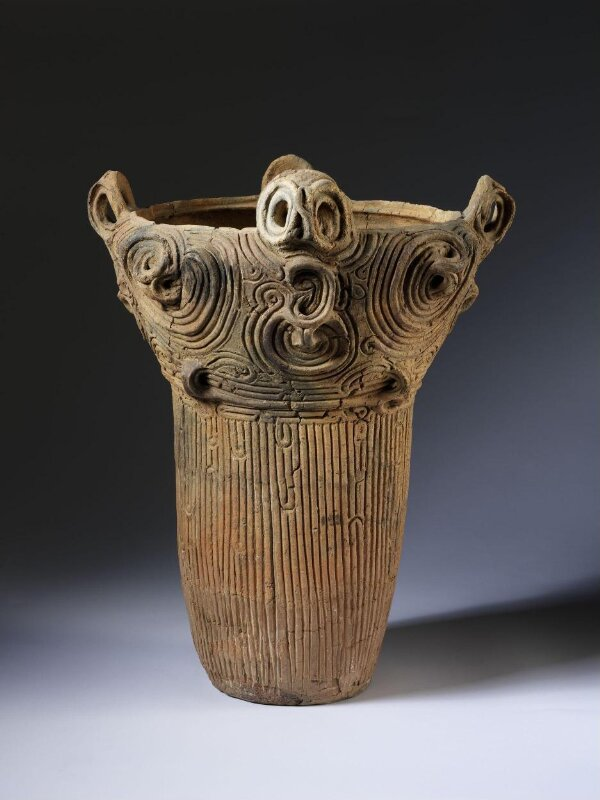
Stone structures, including astronomical proto-observatories, settlements of complex structure and shape, and especially skillfully made pottery with vessels of various shapes and purposes, make it possible to argue that the Jomon people are not just a people of hunters and gatherers, they should be perceived as a highly developed society in many aspects. , taking into account the forms of activity, social structure and spiritual culture. There are very few cultures so developed at the stage of gathering in the world.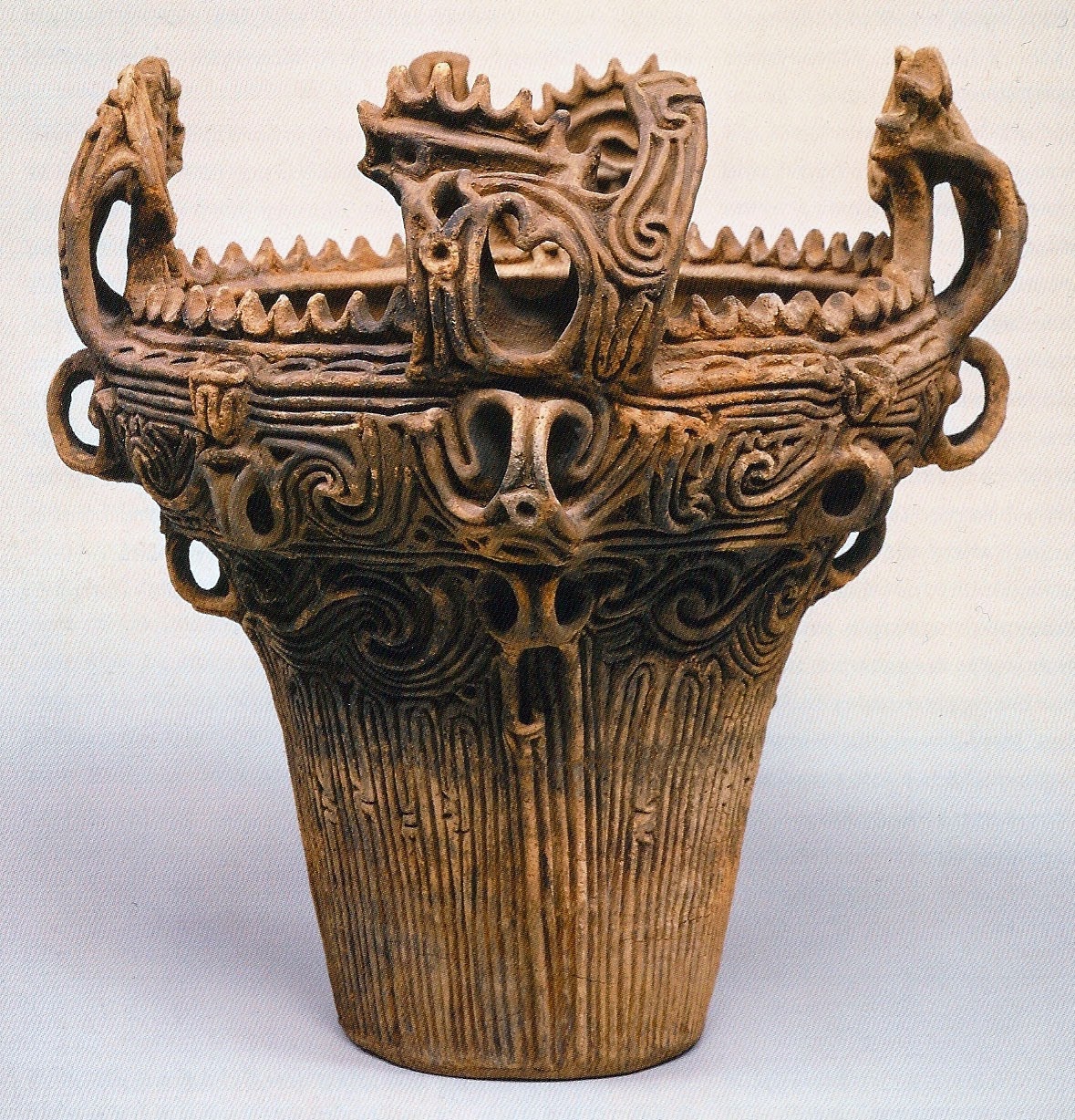
The Jomon culture is in many ways analogous to the Trypillian culture and is synchronous with it in time.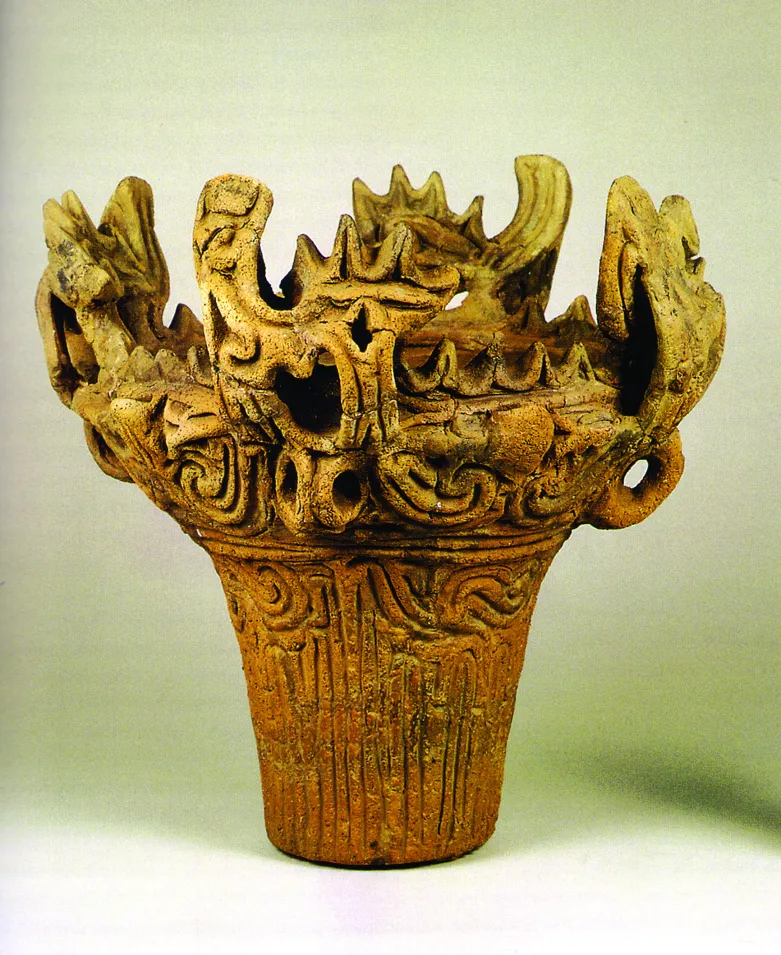
During the heyday of culture in the Early and Middle Jomon era (4000-1500 BC), the climate of Japan was warm and humid (like the modern climate of the island of Taiwan, food resources were significant, the population increased. This period includes a unique style of ceramics, so called as Jōmon vases.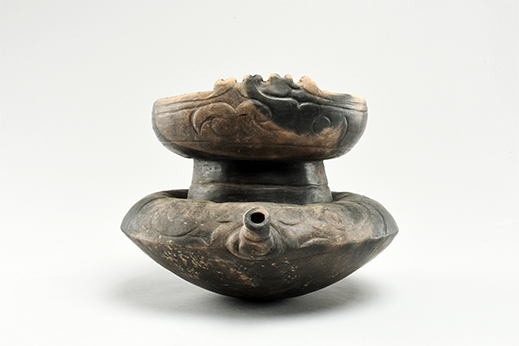
The carriers of the Jomon culture were the ancestors of the modern Ainu. This is convincingly confirmed both by the results of genetic analysis and by a comparative analysis of Ainu clothing ornaments and ornaments on Jemon ceramics. During this period, the figurines have a realistic character of the image.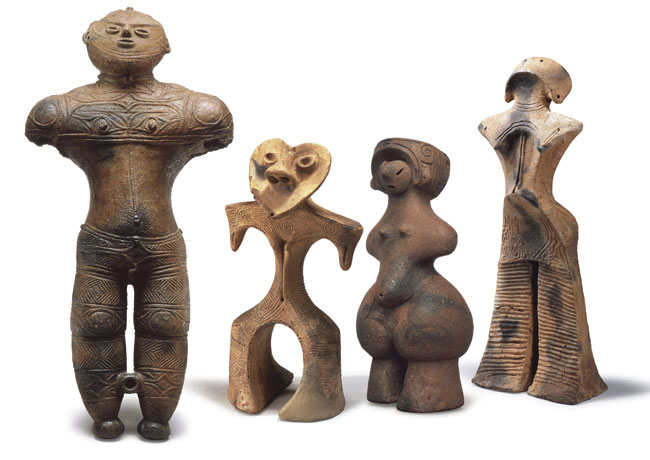
After 1500s. BC. climatic conditions are gradually deteriorating, the climate is becoming colder, which has led to a sharp decrease in yields. By the late Jōmon (1000-300 BC), the situation with food resources becomes dramatic. The production of vases ceases, and instead of them, voluminous figurines of a frightening appearance depicting the deity of fertility appear.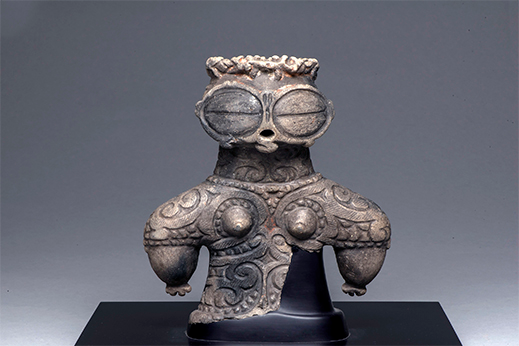
According to most researchers, the figurines were used by priests in rituals in order to appease an unfriendly deity.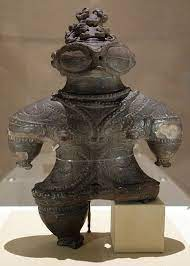
Unfortunately, their efforts were not successful. From 400-300 BC The territory of Japan begins to be populated by the tribes of the Yayoi culture, who migrated from the continent and brought a more advanced system of agriculture.

The population of the Jomon culture was mainly the descendants of people who came here in the Paleolithic. It has been established that the genome of modern Japanese is 12% derived from the genome of the Jomon people. The Japanese islands, along with China, provide us with the earliest examples of pottery in human history. The name jōmon, "rope pattern", comes from the patterns made by cord impressions on pottery.

Stone structures, including astronomical proto-observatories, settlements of complex structure and shape, and especially skillfully made pottery with vessels of various shapes and purposes, make it possible to argue that the Jomon people are not just a people of hunters and gatherers, they should be perceived as a highly developed society in many aspects. , taking into account the forms of activity, social structure and spiritual culture. There are very few cultures so developed at the stage of gathering in the world.

The Jomon culture is in many ways analogous to the Trypillian culture and is synchronous with it in time.

During the heyday of culture in the Early and Middle Jomon era (4000-1500 BC), the climate of Japan was warm and humid (like the modern climate of the island of Taiwan, food resources were significant, the population increased. This period includes a unique style of ceramics, so called as Jōmon vases.

The carriers of the Jomon culture were the ancestors of the modern Ainu. This is convincingly confirmed both by the results of genetic analysis and by a comparative analysis of Ainu clothing ornaments and ornaments on Jemon ceramics. During this period, the figurines have a realistic character of the image.

After 1500s. BC. climatic conditions are gradually deteriorating, the climate is becoming colder, which has led to a sharp decrease in yields. By the late Jōmon (1000-300 BC), the situation with food resources becomes dramatic. The production of vases ceases, and instead of them, voluminous figurines of a frightening appearance depicting the deity of fertility appear.

According to most researchers, the figurines were used by priests in rituals in order to appease an unfriendly deity.

Unfortunately, their efforts were not successful. From 400-300 BC The territory of Japan begins to be populated by the tribes of the Yayoi culture, who migrated from the continent and brought a more advanced system of agriculture.
